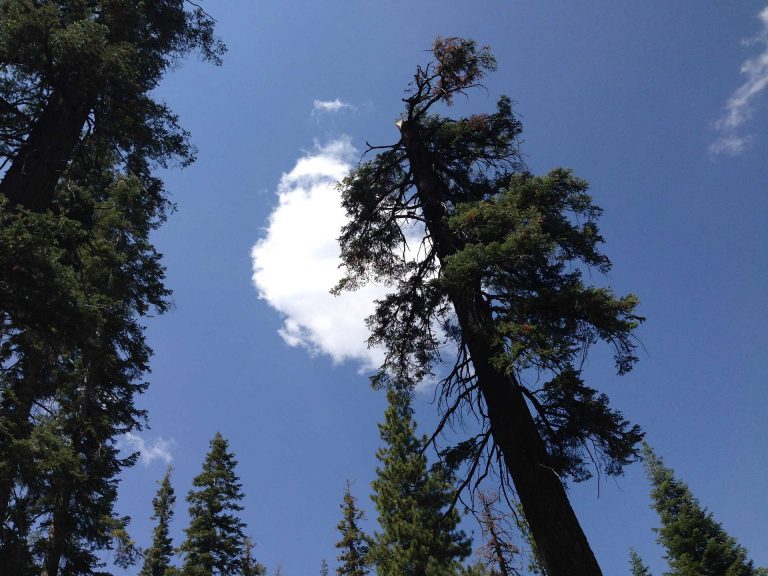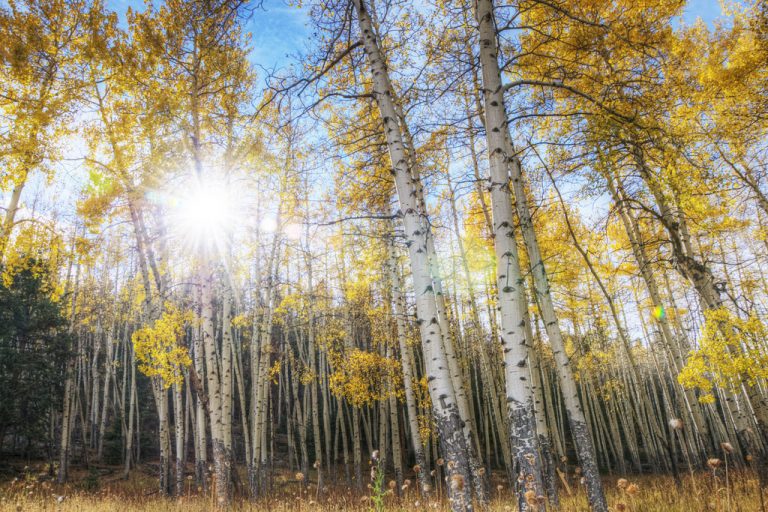American Larch
Scientific Classification
| Kingdom: | Plantae |
| Genus: | Larix |
| Family: | Pinaceae |
| Order: | Pinales |
| Class: | Pinopsida |
American larch is commonly known as Larix Laricina. It is also known as eastern larch, Red Larch, Black Larch, Hackmtack, and Tamarack. American larch is a small to medium-sized deciduous and coniferous tree. The trunk of the American larch grows up to 60 centimeters in diameter. It is a cold-tolerant tree. This tree is able to survive temperatures of at least -65 degrees Celsius. There are 10- 15 species of an American larch tree. At the edge of the tundra region, American larch occurs at the arctic tree line. In cold regions, the larch tree is known as an ornamental tree for gardens. It is a rot-resistant tree. The larch tree is a conifer tree, when two different parent trees, the European tree, and the Japanese tree were crossed, then they first it grew in Scotland resulting in a natural tree of the mountains. Larch trees cast light shade and provide cover to animals and larger birds. The wood of the larch is durable and has a timber value. A larch tree has attractive and elegant autumnal color and beautiful young foliage. In the early times, Americans used the needles of larch trees for stuffing mattresses and pillows. This tree is not used as a Christmas tree. Larch tree is an ideal tree for any climate condition. It is a highly adaptable tree and at maturity, will grow about 50 feet tall. In ideal conditions, larch trees can live for about 60 years.
Anatomy
The leaves of American larch are short, and have a needle like structure. In the autumn season, the leaves turn bright yellow before the fall. The spring shoots of the larch tree are nutritious, and can be eaten boiled. The inner bark of larch, dried, scraped and then mixed with the flour. The gummy saps of the larch tree have a very sweet taste and offer a very good flavor when chewed. Neither the fruits nor the flowers have ornamental significance. The gold branches and rough gray bark of larch trees add dimension to the landscape. American larch tree is a monoecious tree. Both female and male flowers appear with needles that are solitary and small in size. Female flowers are subglobose and reddish and can bear on 2 – 4 year old branches. Male flowers are globose and yellow and can be borne on 1 or 2 years old branches. The cones of the larch tree are spherical and are small in size. The young cones are green to reddish in color. This tree has the ability to stand with severe cold. The cones are purple in color.
Habitat
The larch tree ranges from Labrador to West Virginia, New Jersey, and Northern Illinois and from Columbia, Alaska to Southern Canada. In the northern regions, the larch trees grow near the sea level. The needles of larch trees leave the tree leafless in the winter season. In the streets of a city, these trees are not suitable as a shade tree. But, in suburban areas it is a valuable tree. For large landscape like cemeteries, parks and arboreta, the Larch tree is planted as an ornamental tree. The American larch tree is not an evergreen tree, as it is native to Canada. Larch trees are commonly found in lowland areas, bogs and swamps.
Uses
The wood of the larch tree is durable, tough and flexible and is used in the making of snowshoes by the Algonquian people. It is also used for bonsai. The root is used in the making of knees in wooden boats. The inner bark is also used in the treatment of infected wounds, swelling, burns and cuts. And the outer bark is used with other plants in the treatment of general pain, aches, cold and arthritis. Wild animals use larch trees for nesting and food. A gum from the larch’s sap is chewed for indigestion. The woven bags made from the roots of larch tree are used to store medicinal herbs. The durable lumber of the larch tree is used as railroad crossties, poles, pulpwood and framing of houses. The bark of the American larch tree is used in the making of tea, which is used as a tonic for jaundice and skin ailments. It is also used in the treatment of throat infection. The root is bent and then it is used in joining the ribs of timber and in small ships.
Care
American larch does not require high maintenance. It does not need much care. Without pruning, usually it looks best. Larch trees grow at a very slow rate. They are intolerant of polluted areas, heat and shade. Without any pre-treatment the seeds of larch tree germinate well. Larch tree is a strong tree. That is why they do not require more water.
Watering
The American larch tree must not be allowed to stand in water, as it can be sensitive to water. These trees grow naturally in wetlands and swamps. Fertilizing every two weeks is ideal for larch. Newly planted larch trees require water. They do not require regular pruning. But, summer season is ideal for pruning larch trees, when mulch is also good for the roots of these trees.
Soil
These trees can tolerate many soil conditions, but it grows well in moist to wet organic soil. Larch tree prefers sandy soil. It grows well in full sunlight. Well drained soil is good for better growth of larch trees. It can also tolerate acidic soil. The texture of the soil does not affect the growth of the tree, but it can influence color and size of needle.
Pests and Pesticides
Larch tree has a thin bark. It is susceptible to fire damage and high winds. Few insects and organisms that feed on the larch trees can cause serious injury. The larch bud-moth and spider mite found are found in large number on larch tree. They are harmful to larch. Eastern larch beetles also attack the tree, but they mainly feed on dead or weakened trees. The larch canker disease is also harmful to the larch tree, as the fungus cause large cankers. It kills both mature and young trees. Leaf rust is the common foliage disease of larch trees.

Having discovered a fondness for insects while pursuing her degree in Biology, Randi Jones was quite bugged to know that people usually dismissed these little creatures as “creepy-crawlies”.







